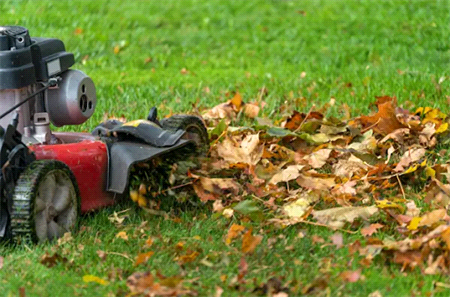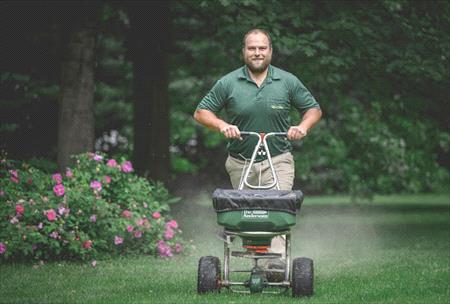Your Cart

LEARN YOUR LAWN: Winterizing Your Lawn
Why Do I Need To Prepare My Lawn For Winter?
Winterizing a lawn helps prepare it for the colder months so it can withstand the stress of winter weather, such as frost, snow, and freeze-thaw cycles. Winterization involves a series of steps, including aeration, fertilization, raking, and mowing, which help to strengthen the roots, prevent disease and pests, and improve the soil structure. This preparation ensures that the lawn remains healthy and resilient, bouncing back even stronger in the spring.
How Should I Prepare My Lawn For Winter?
Fertilization: Fall is a crucial time to fertilize your lawn. During the cool days of fall, the grass plant slows its top growth and begins storing nutrients and sugars for the months ahead. The plant is building reserves to maintain its health, and this will determine how well it will green up in the early spring. The storing process continues for as long as the plant is green.
Core Aeration: A fall aeration reduces soil compaction and excessive thatch, allowing fertilizer, nutrients, sunlight, and air to be better absorbed in the soil. Aeration also provides an ideal opportunity to apply seed to help maintain a thick, lush lawn for the next season.
Raking: Before winter, it’s very important to remove any large piles of grass and debris that cannot be mulched back into the lawn with your mower. Large quantities of debris will not break down quickly and will damage the lawn by suffocating it and providing a moist home to damaging disease organisms.
Mowing: Raise your mowing height in the fall months to help stimulate additional root growth and allow more water and nutrients to be stored for the winter. During your final mow of the season, lower the mowing height to approximately 2 inches (or 2/3 of your normal mowing height). If you are using a mulching mower, leave the clippings on the lawn to protect the crowns of the plants and provide additional nutrients for the roots to store for winter.
 English (USA)
English (USA) Français (CANADA)
Français (CANADA)

